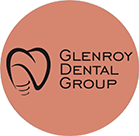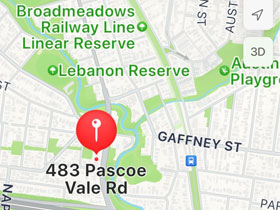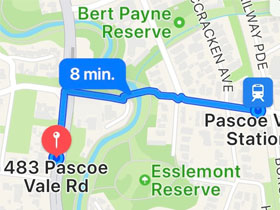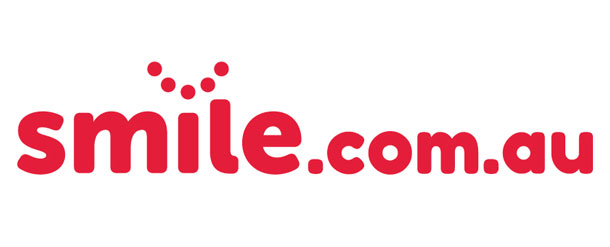Your smile expresses your personality, and healthy teeth are an indicator of overall health and well-being.
But, let’s face it, many of us don’t have those shiny bright and gracefully aligned white teeth, and if you have those pale yellowish teeth, it can affect your confidence.
Pale, yellowish teeth are pretty common and occur when a thin film of a mass of bacteria develops on the surface of the teeth. This thin bacterial layer, also known as dental plaque, oral biofilm, microbial film, can form between, in front of, or behind the teeth, as well as above or below the jawline.
Plaque is removed from the teeth by brushing and flossing. But, if left untreated, dental plaque can turn brownish and form a tartar-like material, causing toothache, sensitivity, tooth decay, gum swelling, and numerous gum diseases.
In this article, we will briefly discuss dental plaque and how to get rid of it. So, continue reading.
What Is a Dental Plaque?
Even if you take excellent care of your teeth at home, you still have bacteria in your mouth. They combine with proteins and food by-products to form dental plaque. This substance coats your teeth, penetrates your gum line and adheres to fillings and other dental work. Plaque contains bacteria that can harm tooth enamel and cause cavities. However, removing plaque on a regular basis can help you avoid permanent gum disease and tooth decay.
How To Get Rid Of Dental Plaque?
Here are a few effective methods for naturally removing that sticky plaque from your teeth and giving you a gleaming white smile:
● Brush After Every Meal
Brush your teeth thoroughly after each meal twice a day. To remove the yellowish film, use soft-bristled toothbrushes and circular motions from all angles. This prevents germs from accumulating in the mouth.
● Use Plaque Control Toothpaste
To prevent or treat tooth plaque, use plaque control toothpaste on a regular basis. Several toothpastes with higher concentrations of ingredients such as zinc sulphate, pyrophosphates, and fluoride, prevent plaque build-up and also wash away oral bacteria.
● Oil pulling
Swishing your mouth with oil is also known as oil pulling. It is a traditional method for removing dental plaque from teeth. This method removes plaque and also treats toothache, sore gums, bleeding gums and prevents tooth decay. You can try swishing your mouth with coconut oil, sesame oil, or olive oil, which have antibacterial properties and uphold dental health.
● Scrub Your Teeth
Brushing alone may not be enough to remove severe plaque deposition. In such cases, you can scrub your teeth on alternate days to manually remove plaque. You can also use homemade scrubs such as baking soda with H2O or aloe vera and glycerine to remove dental plaque while providing a natural shine.
● Use Antiseptic Oral Cleanser
Regular use of oral cleansers or mouthwash plays a vital role in the removal of bacteria and germs from the oral cavities and aids in the prevention of plaque build-up.
A Note From The Glenroy Dental Group
Dental plaque is a common issue with a simple solution: Brush and floss daily and visit your dentist. You can also use antiseptic mouthwashes to kill bacteria causing dental plaque. In short, the better you take care of your teeth, the less plaque will accumulate on them.
If you suspect you have a dental problem caused by plaque or tartar build-up, make an appointment with our dentists at The Glenroy Dental Group right away. The sooner you address the dental issue, the less damage it is likely to cause. Also, it is less expensive to treat.
You can book a dental appointment online with us or reach out to us on the below contact details.
The Glenroy Dental Group
Address: 483 Pascoe Vale Road Strathmore 3041
Phone Number: (03) 9306 6511







